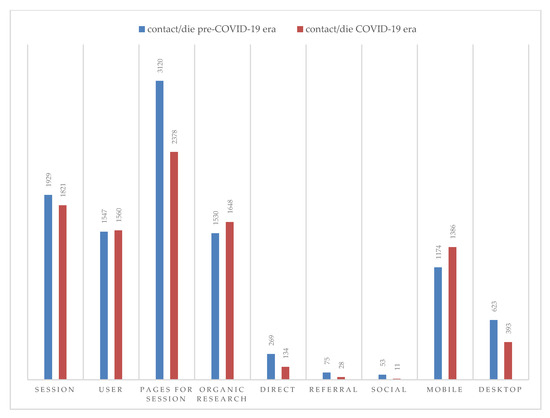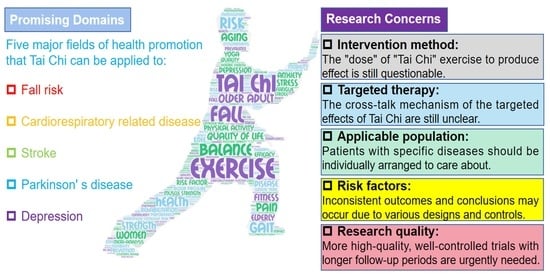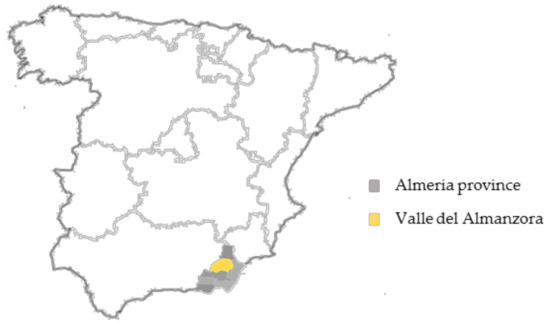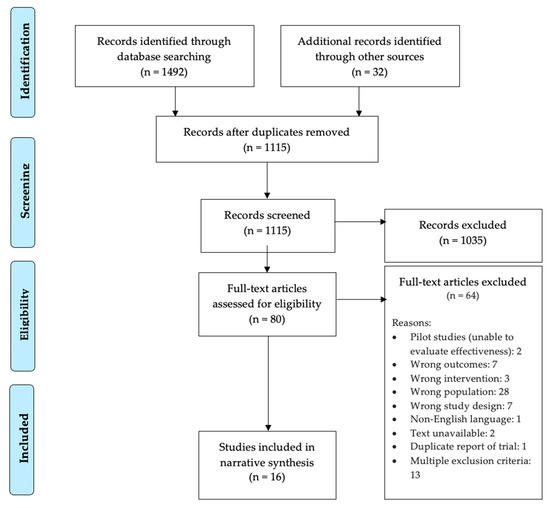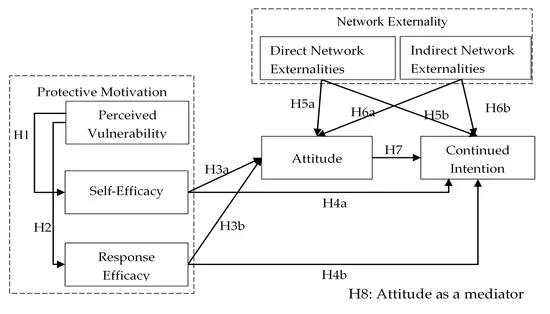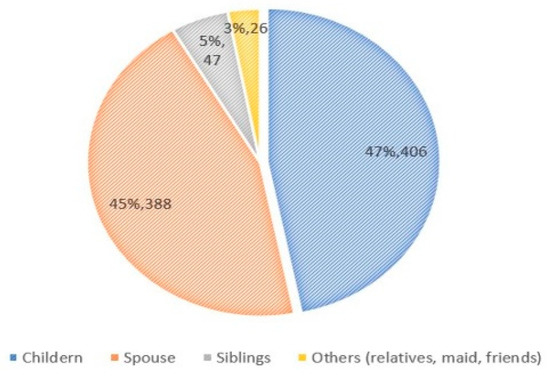Int. J. Environ. Res. Public Health 2021, 18(11), 5627; https://doi.org/10.3390/ijerph18115627 - 25 May 2021
Cited by 38 | Viewed by 10615
Abstract
Food insecurity is a growing concern among university students. The high prevalence of food insecurity is a threat to students’ health and success. Therefore, this study aims to determine an association between food security status, psychosocial factors, and academic performance among university students.
[...] Read more.
Food insecurity is a growing concern among university students. The high prevalence of food insecurity is a threat to students’ health and success. Therefore, this study aims to determine an association between food security status, psychosocial factors, and academic performance among university students. A total of 663 undergraduate students in seven randomly selected faculties in Universiti Putra Malaysia participated in this study. An online survey was conducted to obtain demographic and socioeconomic characteristics, food security status (six-item USDA; food security survey module, FSSM), psychosocial factors (depression, anxiety and stress scale, DASS-21) and academic performance. Among the abovementioned participating students, 32.4% are male. About 62.8% reported to have experienced food insecurity. Binary logistic regression revealed that students whose fathers were working (AOR = 6.446, 95% CI: 1.22, 34.01) came from low- (AOR = 14.314, 95% CI: 1.565, 130.954) and middle-income groups (AOR = 15.687, 95% CI: 1.720, 143.092), and those receiving financial aid (AOR = 2.811, 95% CI: 1.602, 4.932) were associated with food insecurity. Additionally, food insecurity students were less-likely reported, with CGPA ≥ 3.7 (AOR = 0.363, 95% CI: 1.22–34.014). Food insecurity respondents had higher odds for stress (AOR = 1.562, 95% CI: 1.111, 2.192), anxiety (AOR = 3.046, 95% CI: 2.090, 4.441), and depression (AOR = 2.935, 95% CI: 2.074, 4.151). The higher institutions should identify students with food insecurity problems and future intervention programs need to be conducted to combat food insecurity among students, thus yielding benefits to their health and success.
Full article
(This article belongs to the Special Issue University Students' Health and Academic Achievement)

